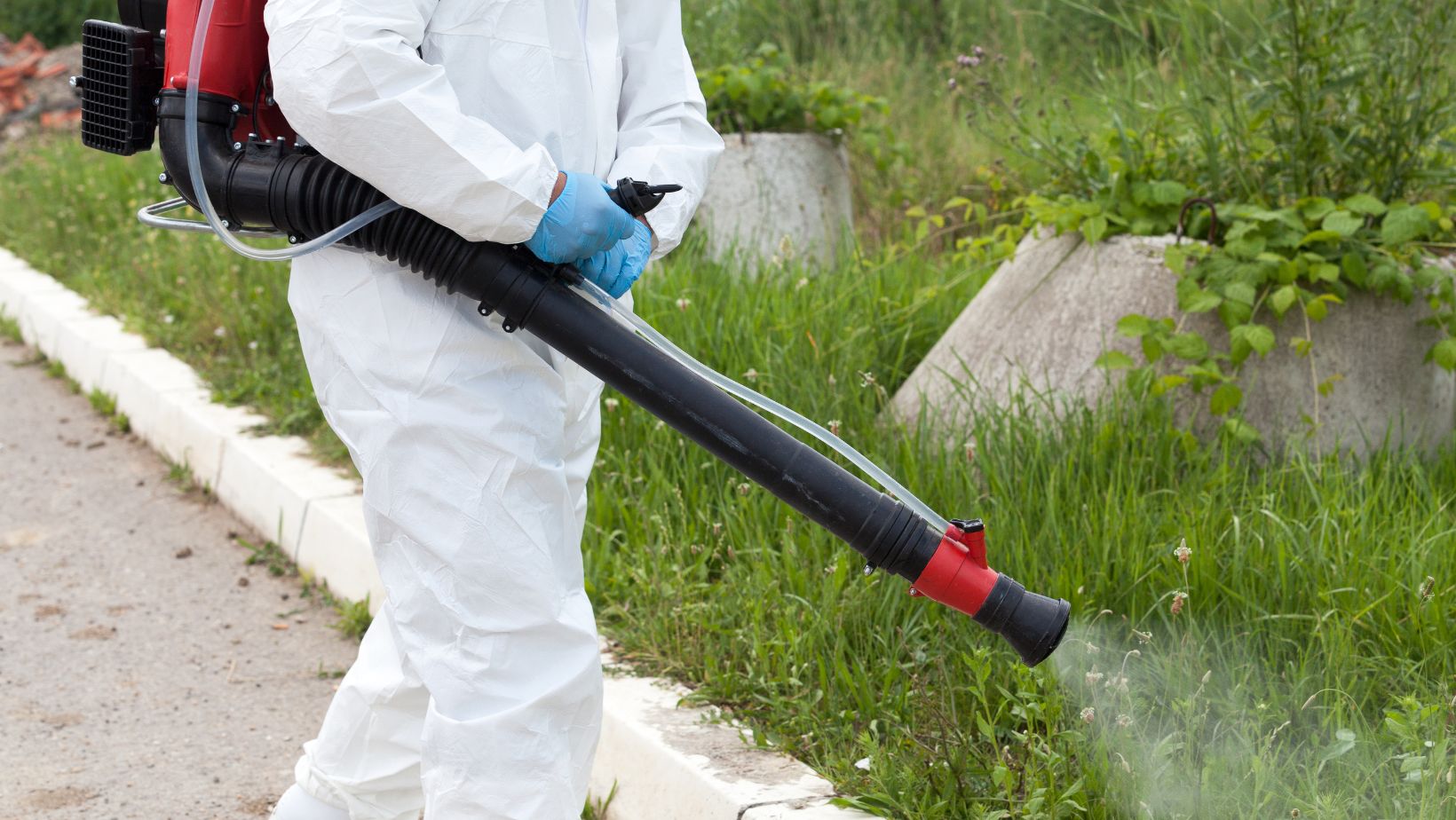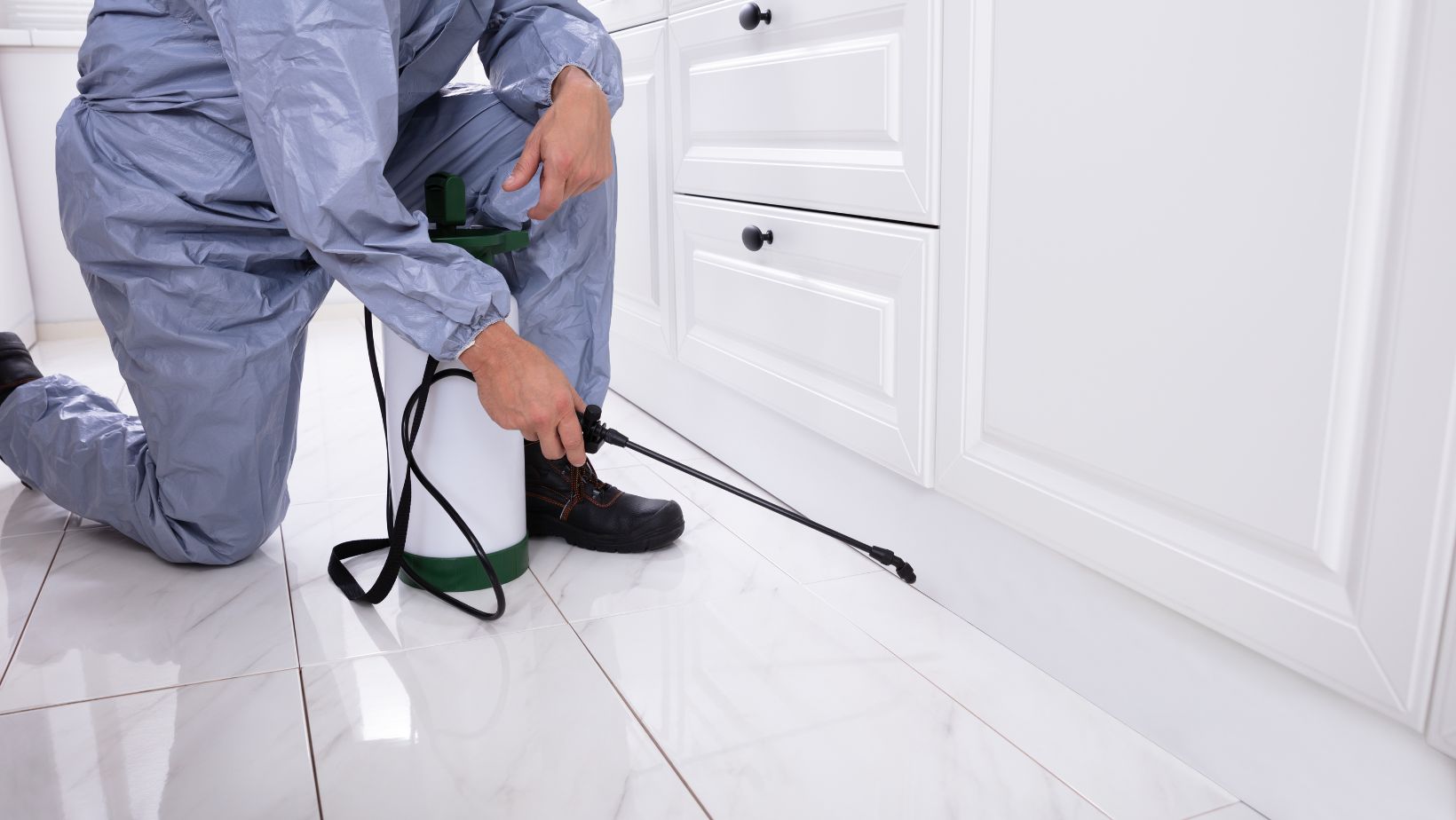
Pest control is a crucial aspect of maintaining a healthy environment, whether in homes, agricultural fields, or commercial spaces. The term “pest” typically refers to organisms that pose a threat to human health, crops, livestock, or property. These can include insects, rodents, birds, fungi, and other unwanted organisms.
Effectively managing these pests is essential to safeguarding our well-being and ensuring the productivity of agricultural practices. .In this, we will delve into various pest control methods employed to address these challenges.
1. Biological Pest Control:
Introducing predators like ladybugs to control aphids or using beneficial nematodes to combat soil-dwelling pests are common biological control strategies. The advantage of this approach is its environmental friendliness, as it minimizes the use of synthetic chemicals.
2. Chemical Pest Control:
Chemical pest control is one of the most traditional and widely used methods. It involves the application of chemical substances, such as insecticides, herbicides, and fungicides, to eliminate or control pest populations. While effective, this method raises concerns about environmental impact and potential harm to non-target organisms. Continuous research aims to develop safer and more targeted chemical solutions to mitigate these concerns.
3. Mechanical Pest Control:
Mechanical pest control involves the use of physical barriers or traps to prevent pests from accessing a particular area or to capture and remove them. Examples include using screens on windows to keep insects out, installing physical barriers to prevent rodent entry, and employing traps for pests like mice or rats. This method is often considered environmentally friendly as it does not rely on chemical substances.
4. Cultural Pest Control:
Cultural pest control involves modifying agricultural practices or the environment to reduce the prevalence of pests. This method relies on practices such as crop rotation, intercropping, and adjusting planting dates to disrupt the life cycles of pests.

By creating less favorable conditions for pests, cultural control can help manage their populations without resorting to chemical interventions.
5. Integrated Pest Management (IPM):
Integrated Pest Management is a comprehensive approach that combines multiple pest control methods to achieve effective and sustainable results. It integrates biological, chemical, mechanical, and cultural control strategies based on the specific needs of the situation. IPM emphasizes monitoring and assessment to make informed decisions about the most appropriate and least harmful control methods.
6. Sterilization:
Sterilization involves rendering pests incapable of reproducing, thereby reducing their population over time. This method is commonly used for insect pests, where sterile individuals are released into the population, disrupting the breeding cycle. While the sterile insect technique (SIT) has been successful in controlling certain pests, it requires precise planning and execution.
7. Genetic Pest Control:
Advancements in genetic engineering have led to the development of genetically modified organisms (GMOs) with traits that can control pest populations. For example, crops engineered to produce insecticidal proteins can resist pest infestations. Although controversial, genetic pest control methods continue to be researched and may offer innovative solutions in the future.
8. Physical Pest Control:
Physical pest control involves using physical barriers or methods to exclude pests from specific areas. This method is particularly effective for preventing pest entry into buildings or confined spaces.

Sealing cracks and gaps in structures, installing door sweeps, and using nets or screens are common physical control measures. By denying pests access, this method helps minimize the need for chemical interventions and reduces the risk of infestations.
9. Traps and Baits:
Traps and baits are widely employed in pest control, especially for rodents and insects. Different types of traps, such as snap traps, glue traps, and electronic traps, target specific pests and can be strategically placed to capture them. Baits, on the other hand, attract pests to a substance that is toxic to them, leading to their elimination. These methods are commonly used in both residential and agricultural settings, providing targeted and effective control.
Conclusion:
Pest control is a dynamic field that continues to evolve with advancements in science and technology. The key to effective pest management lies in adopting a holistic approach that combines various methods tailored to specific situations. As we strive to protect our homes, crops, and the environment, ongoing research and innovation will play a crucial role in developing sustainable and environmentally friendly pest control solutions. Ultimately, the goal is to strike a balance between managing pest populations and preserving the delicate ecosystems in which they exist.





